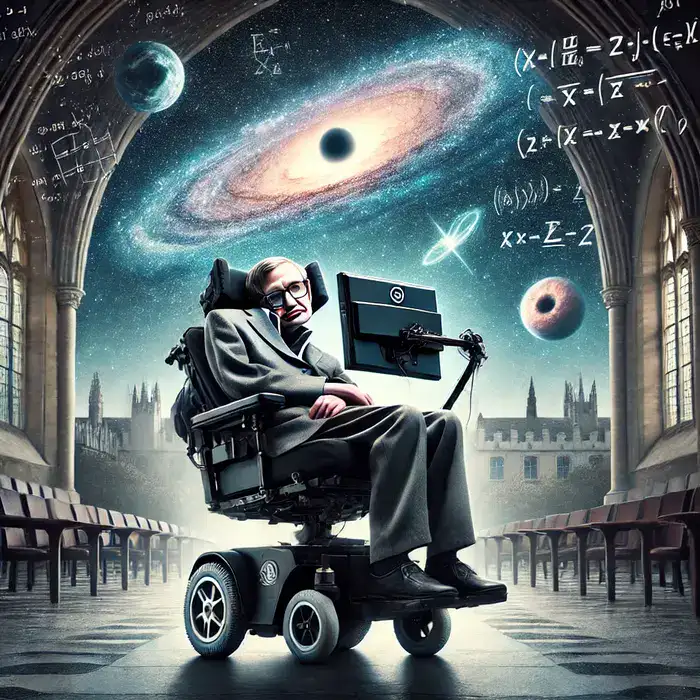Complexity Theory
Complexity theory is closely linked to chaos theory.
- Complex systems are random, nonlinear, unpredictable, self-organising, and subject to ‘strange attractor’, (i.e. they home in on a pattern that determines the boundaries of the phenomenon).
- Language and L2 acquisition are best viewed as complex systems. Larsen-Freeman identified a number of features of L2 acquisition that justify this analogy: it constitutes a dynamic process characterized by variability, this process is self-evidently complex (i.e. it involves a number of interactive factors. It is nonlinear (i.e. learners do not master one item and then move on to another), the learner’s interlanguage system is self-organising, i.e. it manifests (restructuring), and the learner’s L1 functions as a (strange attractor). Larsen-Freeman’s application of chaos theory is fundamentally emergentist in that it conflates how L2 knowledge is represented with how it is used and develops over time.
- A complex system is one in which numerous independent elements continuously interact and spontaneously organise and reorganise themselves into more and more elaborate structures over time.
- Complexity my hold chaos or chaotic behaviours in itself as ‘disorders’.
- Complexity is characterised by: (a) a large number of similar but independent elements or agents; (b) persistent movement and responses by these elements to other agents; (c) adaptiveness so that the system adjusts to new situations to ensure survival; (d) self-organisation, in which order in the system forms spontaneously; (e ) local rules that apply to each agent; and (f) progression in complexity so that over time the system becomes larger and more sophisticated.
- The behaviour of self-organising complex systems cannot be predicted, and they do not observe the principle of additivity, i.e. their components cannot be divided up and studied in isolation.
- Complex systems naturally evolve to a state of self-organised criticality, in which behaviour leis at the border between order and disorder.
- The same system can display order, chaos, and self-organising complexity, depending on the control parameters.
- Complexity is a larger phenomenon compared with chaos, i.e. chaotic behaviours may take place within the arena of complexities as ‘disorders’.



